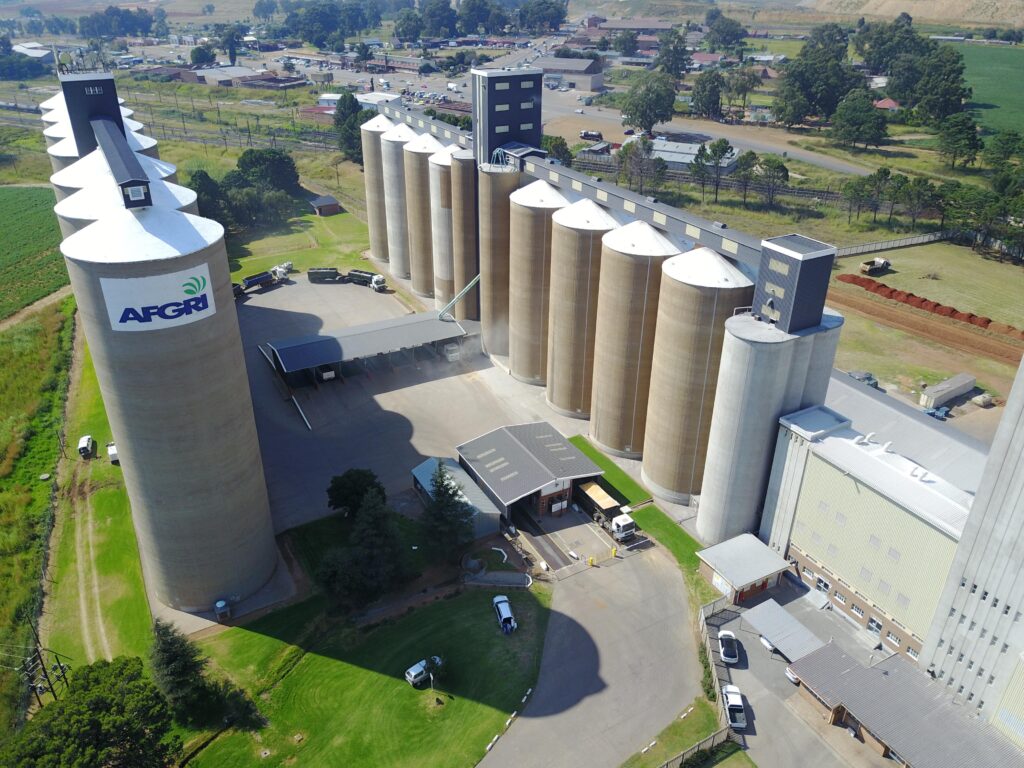As Africa faces mounting pressure to feed a rapidly growing population, the continent is losing about 37% of its food before it ever reaches the plate. Post-harvest losses—caused by poor storage, pests, moisture, and inefficient transport—have become one of the greatest threats to food security. Now, a new wave of innovation promises to turn the humble grain silo into a smart, data-driven solution.
Technology Meets Tradition
At this month’s African Agri Investment Indaba (AAII), held from 24–26 November in Cape Town, Bühler Southern Africa’s Managing Director Marco Sutter will showcase how smart silo technology can dramatically reduce food waste.
“Smart silo technology represents a critical solution for reducing post-harvest losses,” says Sutter. He adds that Bühler’s goal is to help protect the hard work of African farmers and preserve every grain harvested for future use.
Smart silos are equipped with sensors, control systems, and artificial intelligence (AI) that monitor grain temperature, humidity, and pest activity in real time. If conditions shift, automated systems adjust ventilation and drying to prevent spoilage. The Internet of Things (IoT) connects each storage unit to a central dashboard, allowing millers and cooperatives to respond instantly to problems that would previously have gone unnoticed until it was too late.
Fighting Losses, Strengthening Food Systems
According to a recent World Bank report, Africa loses about 37% of locally produced food during transport and storage due to inadequate infrastructure and slow processing. With agricultural production projected to decline by 18% because of land degradation and climate change, the urgency to preserve existing yields has never been greater.
By preventing losses at the storage stage, smart silos could help stabilise food prices, strengthen regional grain reserves, and reduce dependency on imports. For smallholder farmers, better storage means they can sell their grain later, when prices are higher, instead of rushing to market immediately after harvest.
A Platform for Collaboration
The African Agri Investment Indaba brings together over 800 stakeholders from across the agricultural value chain — investors, policymakers, and project developers — to explore how to make these innovations scalable and affordable.
“The Indaba is more than a conference; it’s a meeting of minds,” Sutter explains. “Food security cannot be solved by one actor alone. It requires partnerships between technology providers, governments, and farmers.”
Bühler, with its long history in grain processing and sustainability initiatives, sees itself as a bridge between global innovation and African realities. The company invests up to 5% of its turnover in research and development each year, focusing on solutions that cut energy, waste, and water use in half by 2025.
Preserving Africa’s Harvest
In an era of climate uncertainty and rapid population growth, smart grain storage stands out as one of the continent’s most practical defences against hunger. It is not just about technology—it is about resilience, food sovereignty, and protecting the fruits of African labour.
As Marco Sutter puts it: “Every tonne of grain saved is a meal secured. That’s what smart silos are really about.”
